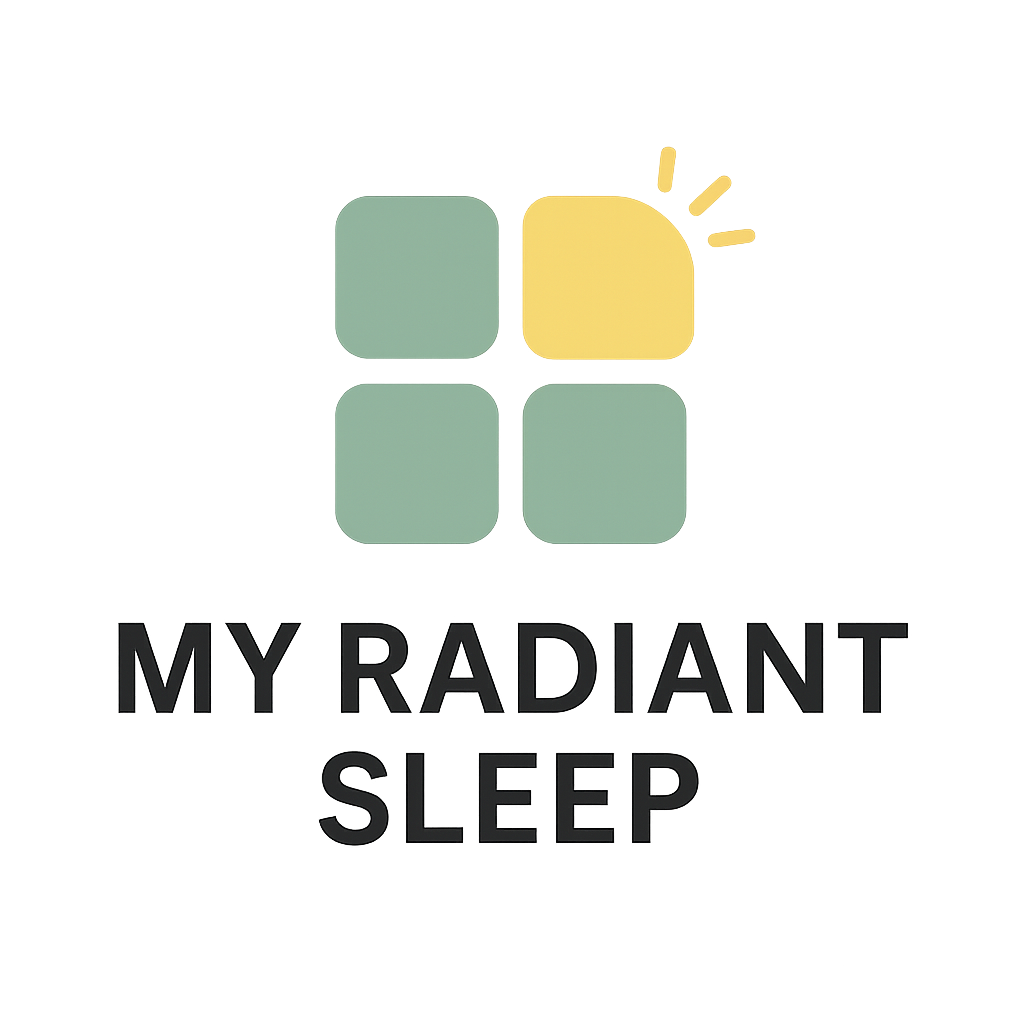At 15 months old, your toddler’s sleep needs are changing—and fast. While you may have found a rhythm during the baby stage, when your focus was on your baby's sleep patterns and routines, this age brings new transitions, nap shifts, and the growing need for independence.
That means questions. Lots of them: What is the right amount of sleep for my toddler? Should they take one or two naps? Why are they suddenly waking up at night again?
In this essential guide, we’ll break it all down—supported by leading pediatric sleep experts—and give you actionable tools to support your child’s healthy sleep habits today.
Recommended Sleep Duration for 15-Month-Olds
By 15 months, your toddler still needs plenty of sleep—just in different ways than before. As documented by the Sleep Foundation, the recommended amount of sleep for most 15-month-olds is:
- 12 to 14 hours of sleep in a 24-hour period
- This includes nighttime sleep plus 1–2 daytime naps.
- Nighttime sleep: 10–12 hours
- Daytime sleep: 1.5–3 hours (spread over 1 or 2 naps)
These guidelines are specific to the 15-month-old age group, as sleep needs can vary across different age groups.
While every child is different, too little sleep can affect your toddler’s development, emotions, and immunity. Ensuring healthy children get enough sleep is essential for their overall well-being and growth.
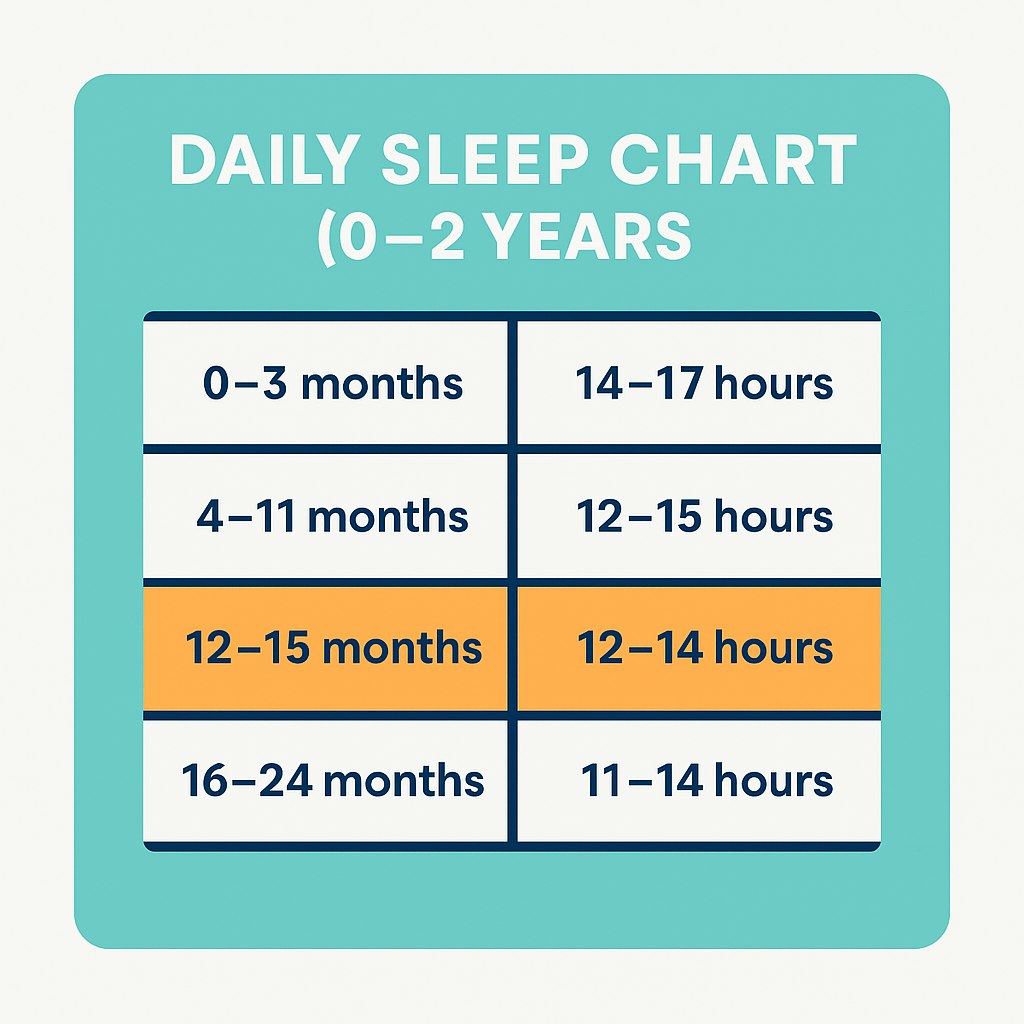
SIGNS YOUR TODDLER IS GETTING ENOUGH SLEEP
- Wakes up easily and in a good mood
- Falls asleep within 10–20 minutes
- Takes age-appropriate naps without major resistance
What if your toddler sleeps more than 14 hours?That can still be normal—especially after illness, a growth spurt, or a more active day.
My Verdict: Focus on maintaining consistent total sleep across 24 hours rather than perfect naps or bedtimes. A flexible approach ensures your toddler meets overall rest needs, even if individual sleep periods vary from day to day.
Developmental Milestones at 15 Months: Why They Matter for Sleep
At 15 months, your toddler is hitting some big developmental milestones—and these changes can have a major impact on their sleep schedule and sleep patterns. As your little one becomes more mobile, starts using new words, and craves more independence, you might notice shifts in how easily they fall asleep, how long they stay asleep, and how many naps they need each day.
- Many 15-month-olds begin transitioning from two naps to one, a shift that can take several weeks.
- Some toddlers are ready for one long midday nap, while others still need two shorter naps for enough daytime sleep.
- Watch for transition signs: resisting naps, taking longer to fall asleep at bedtime, or waking more at night.
- These changes reflect your child’s evolving sleep needs as they grow and develop.
Separation anxiety is also common at this stage, and it can make bedtime and nap time more challenging. A consistent bedtime routine—think story time, a favorite lullaby, and some quiet cuddles—can help your toddler feel secure and ready to wind down. Creating a calm, dark, and cool sleep environment will also support your child in falling asleep and staying asleep through the night.
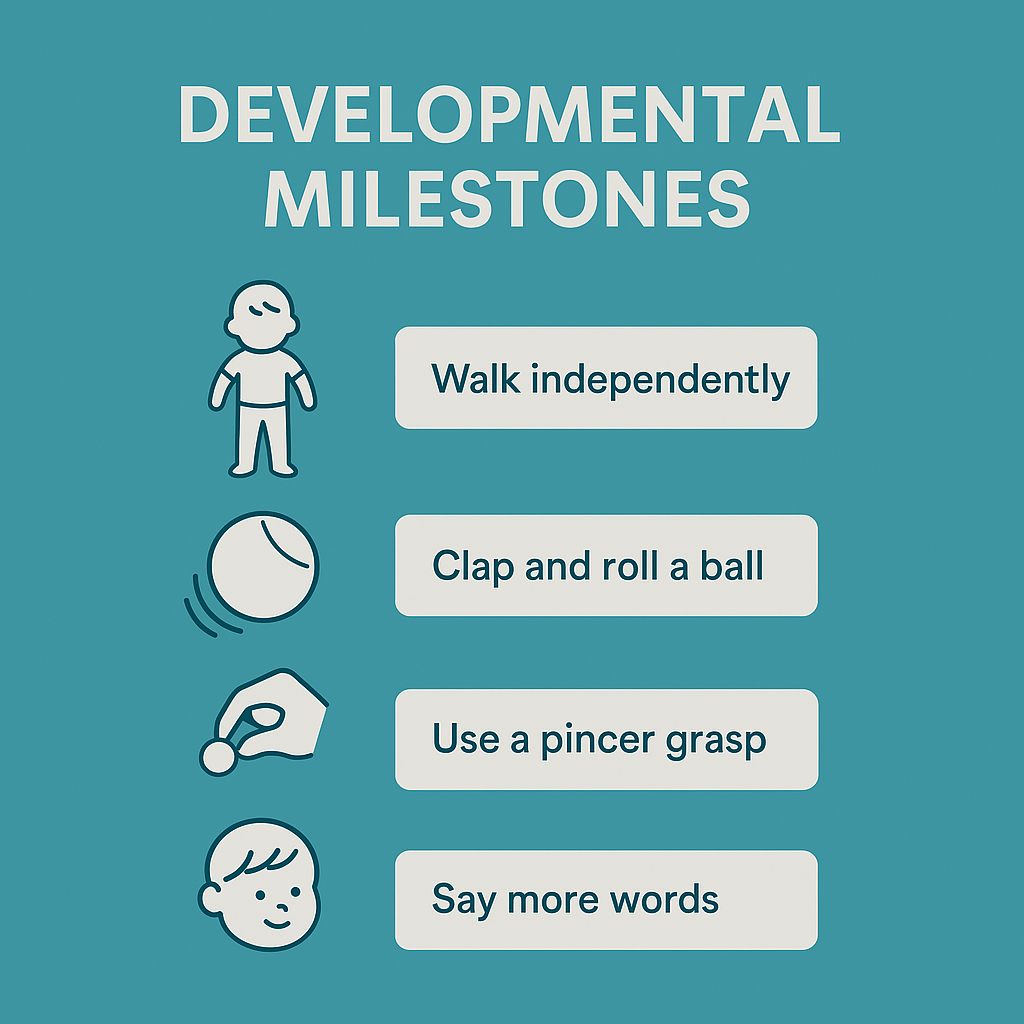
Navigating Sleep Development and Daily Rhythm at 15 Months
At this age, sleep development is dynamic. Your toddler is transitioning from baby sleep patterns to more mature rhythms, and that means sleep times may shift across weeks. One of the biggest changes is the number of naps—many are dropping to one “big sleep” in the afternoon.
Some toddlers may need help moving bedtime earlier to adjust to longer stretches of wakefulness. If your child seems cranky before bed or struggles to stay awake until dinner, it may be time to shift their daily routine.
Nap length should ideally fall between 1.5 to 2.5 hours. Keep an eye on nap frequency, especially for older toddlers who may need longer wake windows.
For premature babies, remember they may need more sleep than average. Always adjust expectations based on their developmental (not just birth) age.
Also, watch your toddler’s diet: around 15 months, cow’s milk may replace formula, but how much milk they drink can impact hunger and sleep quality—too much may reduce solid food intake and affect nighttime rest.
A well-balanced toddler’s day includes age-appropriate naps, nourishing meals, outdoor time, and a consistent bedtime—forming the foundation for long-term healthy sleep habits.
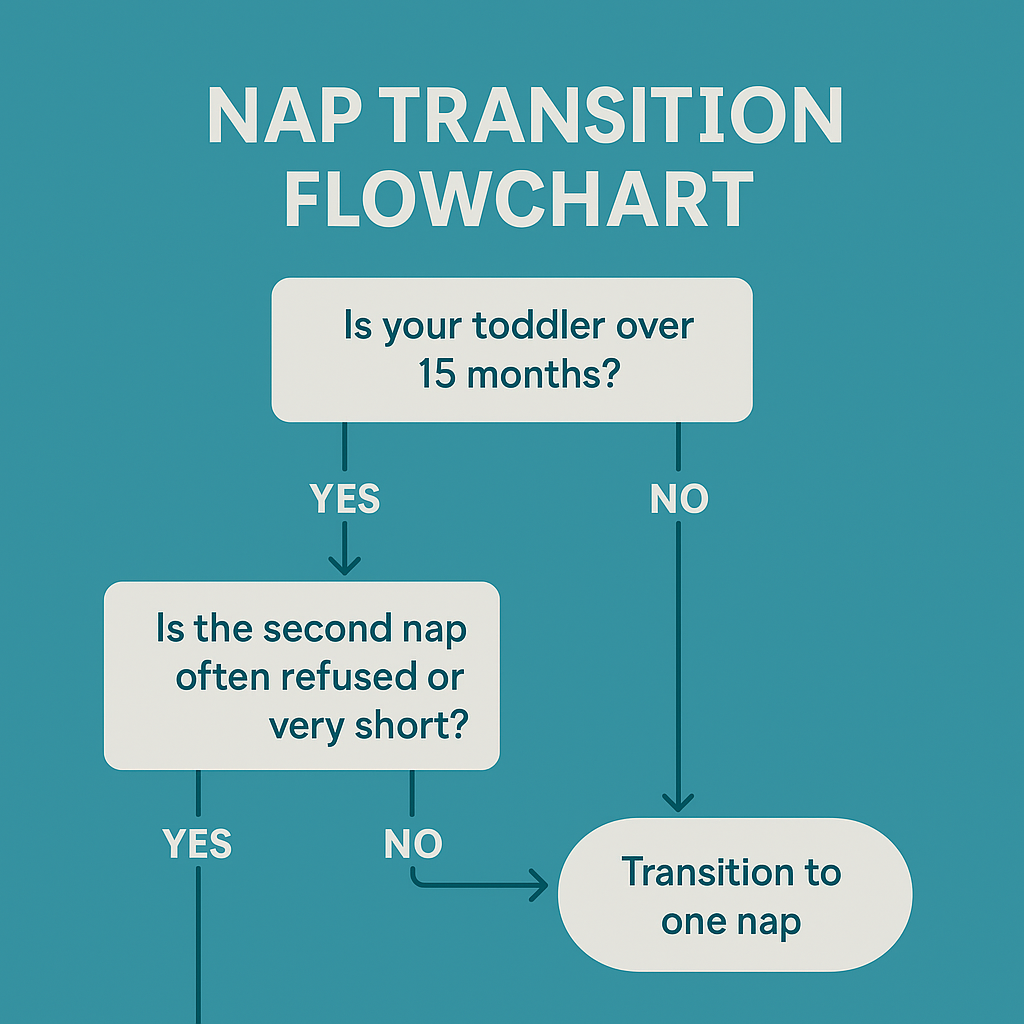
Typical 15-Month Sleep Schedule: One or Two Naps?
One of the trickiest parts of this age? Nap transitions.
During this period, adjusting nap schedules is key as your child moves from two naps to one, or vice versa, to ensure their sleep needs are met.
As shared by Cara Dumaplin from Taking Cara Babies, most toddlers transition to one nap between 13–18 months, but it’s normal to bounce between schedules for a few weeks.
Sample 1-Nap Schedule (most common at 15 months)
- 7:00 AM: Wake up
- 12:00–2:00 PM: Nap
The goal daytime sleep for a 15-month-old is typically 2-3 hours, so try to ensure your little one's nap is long and restorative. One's nap at this age should be scheduled to meet these sleep needs and support healthy nighttime rest. - 7:30 PM: Bedtime
This schedule works best for toddlers who can comfortably handle a longer wake window. A midday nap helps consolidate rest, supporting nighttime sleep quality while allowing for a predictable daily rhythm for both child and parent.
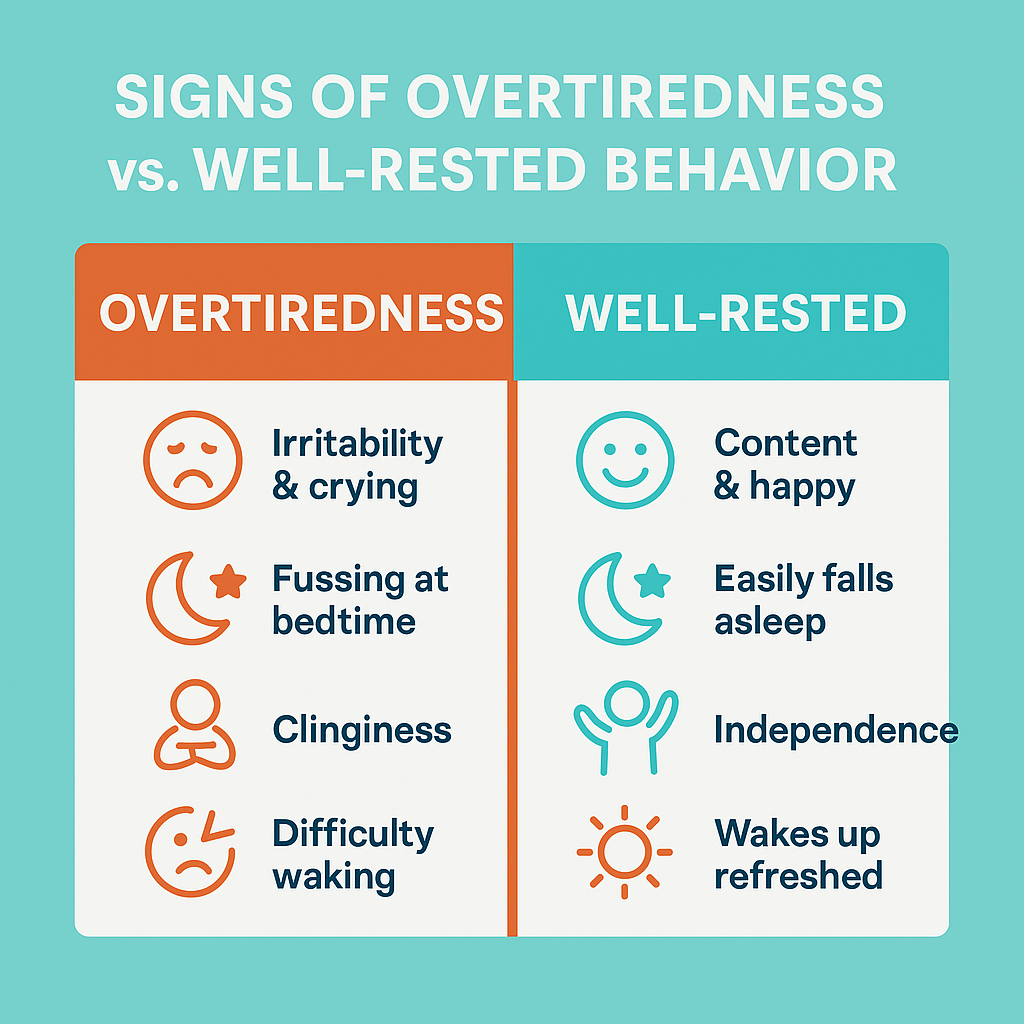
Sample 2-Nap Schedule (still normal at this age)
- 7:00 AM: Wake up
- 9:30 AM: Nap 1 (30–45 mins)
- 2:00 PM: Nap 2 (1–1.5 hours)
- 8:00 PM: Bedtime
Two naps can still be ideal for toddlers needing shorter wake periods. This schedule balances morning and afternoon rest, preventing overtiredness and supporting development during the transition toward fewer, but more restorative, daily sleep sessions.
Managing total day sleep is important—ensuring the right amount and timing of daytime sleep helps support better nighttime rest and overall sleep quality.
HOW TO KNOW YOUR CHILD IS READY TO DROP A NAP:
- Refuses second nap for several days in a row
- Takes longer to fall asleep at bedtime
- Wakes early in the morning or during the night
Observing consistent nap refusal, bedtime struggles, or early wakings can signal readiness for one nap. Tracking these patterns over several days helps ensure changes are developmental rather than caused by temporary disruptions like illness or travel.
TIPS FOR A SMOOTHER TRANSITION TO ONE NAP
- Push morning nap gradually later (15 mins every few days)
- Offer quiet time instead of second nap
- Stick to an earlier bedtime during transition
Gradually adjusting nap timing and offering quiet activities can help toddlers adapt. An earlier bedtime during this change prevents overtiredness, ensuring your child continues to get the total rest they need for growth and well-being.
Explore our post on helping toddlers transition from crib to bed if bedtime disruptions begin during this shift.
Focal Point: Follow your toddler’s cues during the nap transition. Gradually adapt their schedule over two to three weeks, allowing their body to adjust naturally without forcing a rigid timetable that could cause unnecessary resistance or overtiredness.
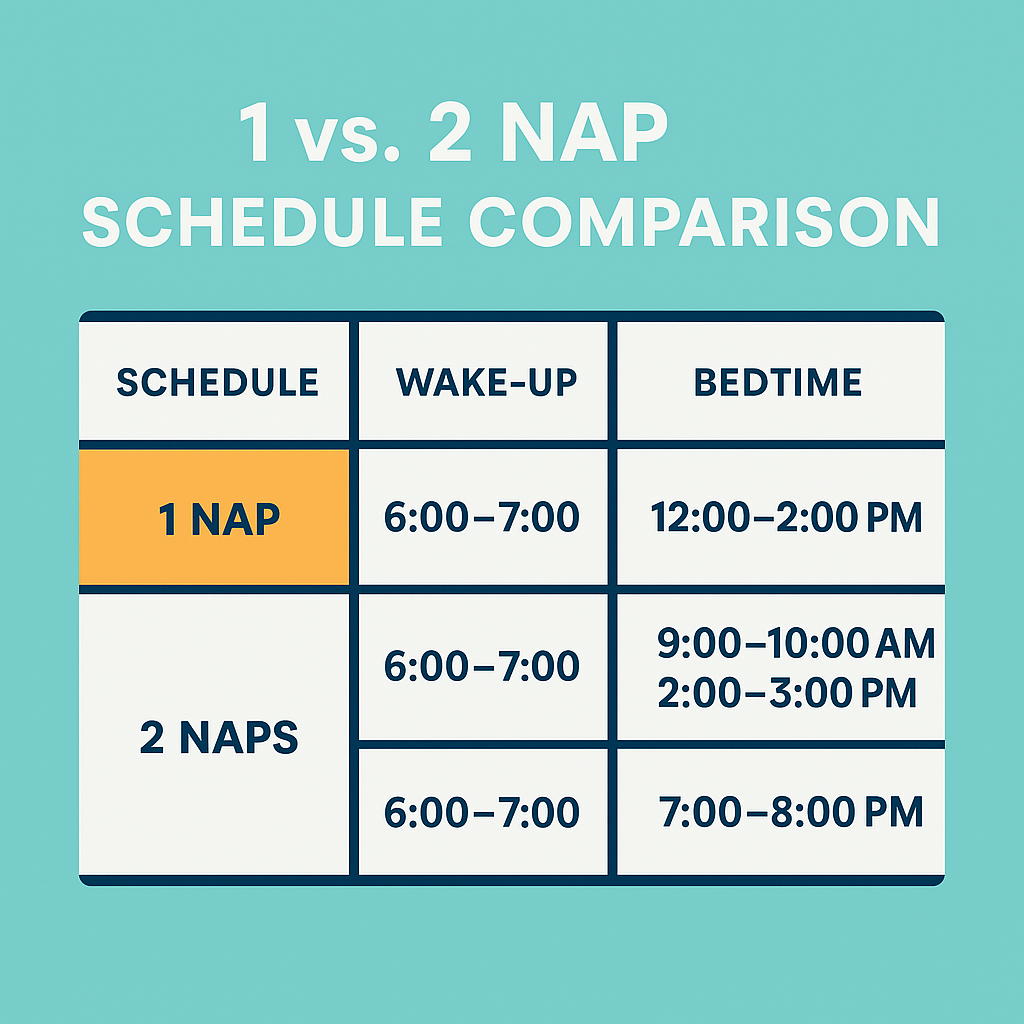
Common Sleep Challenges at 15 Months (and Solutions)
Even good sleepers can hit roadblocks. At 15 months, sleep issues are often tied to developmental changes—like walking, talking, or teething. Common struggles include bedtime resistance, early waking, and night waking.
As evidenced by experts at Huckleberry, this age can bring a temporary sleep regression. Sleep regressions are normal and usually resolve with time, but with the right approach, it doesn’t have to derail your routine.
Most Common Sleep Struggles:
If your child is showing signs of sleep struggles, you may notice:
- Nap refusal
- Early wake-ups (before 6 AM)
- Nighttime wake-ups or crying
- Climbing out of the crib
- Teething pain or illness
- Increased separation anxiety
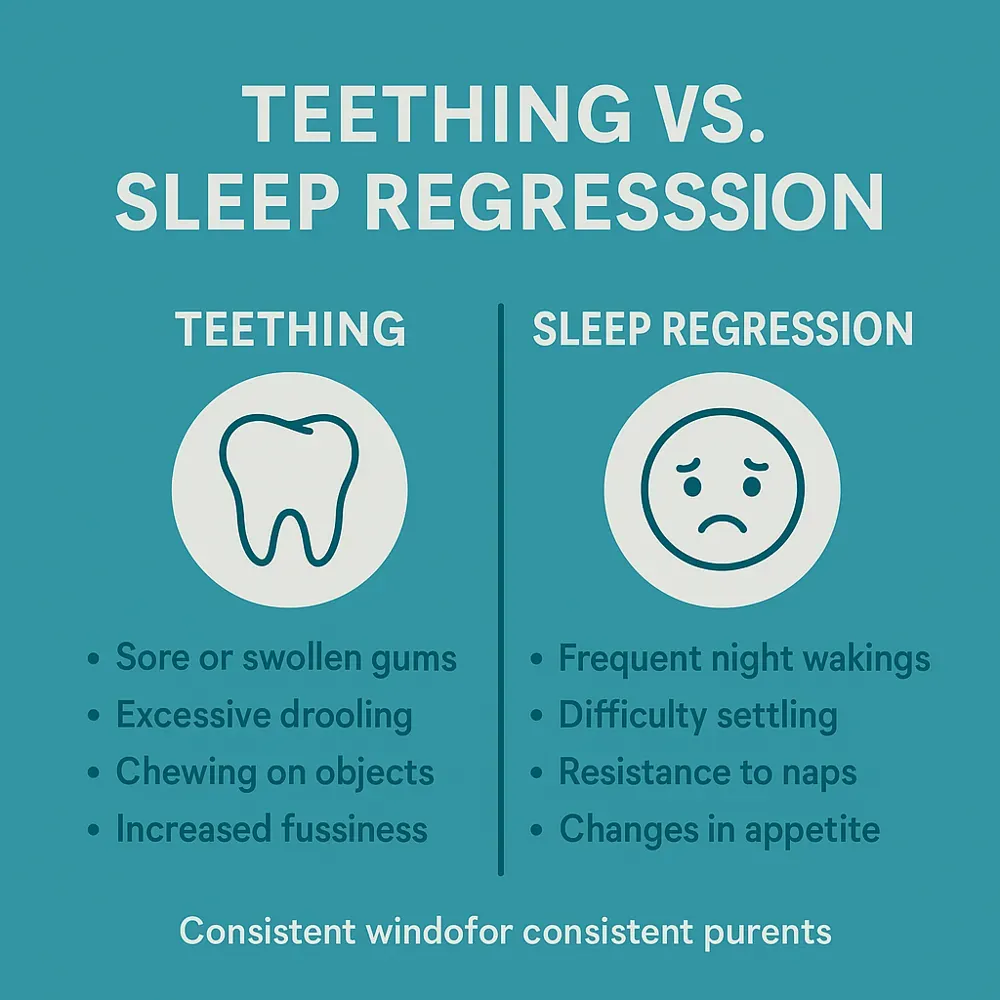
Solutions to Try:
- Keep a consistent pre-nap and bedtime routine
- Use blackout curtains to prevent early waking
- Cap naps at 2.5 hours to protect night sleep
- Add a lovey or comfort item for separation anxiety
- Stick with a bedtime between 7–8 PM
- Consider sleep training or sleep train your toddler to help establish healthy sleep habits. Choose a method that fits your family's goals and routines, as personalized sleep strategies are most effective.
More Actionable Tips:
- Use white noise to block out household sounds
- Avoid screen time at least 60 minutes before bed
- Offer gentle verbal reassurance at night, not full pickups
- Keep the room dark, cool (68–72°F), and distraction-free
Want more support with common disruptions? Check out our guide on waking toddlers gently from deep sleep.
Bottom Line: Stay calm and consistent, even during sleep disruptions. These challenges are often temporary and developmentally normal, reflecting changes in growth, mobility, or emotional needs. Patience and a predictable routine help smooth the adjustment process.
Is There a 15-Month Sleep Regression?
Short answer: Sometimes.
Not every child hits a sleep regression at 15 months, but it can happen—especially around major milestones like walking or teething. As your child develops, sleep patterns may shift and some children begin sleeping for longer periods at night, though this can vary widely.
As outlined by BabySleep.com, signs of a 15-month regression include:
- Sudden bedtime battles
- Resistance to naps or skipping them entirely
- Multiple night wakings
- More clinginess or separation anxiety
How to Handle It:
- Stick to your normal routine even if sleep is disrupted
- Reinforce boundaries around bedtime (no new habits like rocking)
- Provide more connection during the day
- Create a calming wind-down routine 30–45 minutes before sleep
- Offer choices (“Do you want this book or that book?”) to give control
After making these changes, give it a few days to see improvements before making further adjustments.
Things to avoid during regression:
- Introducing new props (bottles, rocking, lying down with them)
- Pushing bedtime too late (which leads to overtiredness)
- Letting naps go too long and delay nighttime sleep
My Verdict: Treat regressions as signs of developmental progress, not setbacks. Maintain your routine and respond to your toddler’s needs with reassurance, knowing these phases usually pass quickly as they master new skills or adapt to growth changes.
Creating the Ideal Sleep Environment
If you haven’t updated your toddler’s room recently, now’s the time. As outlined by Smart Sleep Coach, a calming sleep space helps prevent wake-ups and supports better sleep quality.
Extra Tips for Better Sleep:
- Keep the room cool, dark, and quiet.
- Use blackout curtains to block out light.
- Avoid electronic devices like TVs, tablets, and phones before bedtime, as the blue light from these screens can interfere with melatonin production and disrupt healthy sleep patterns.
- Use a white noise machine if needed.
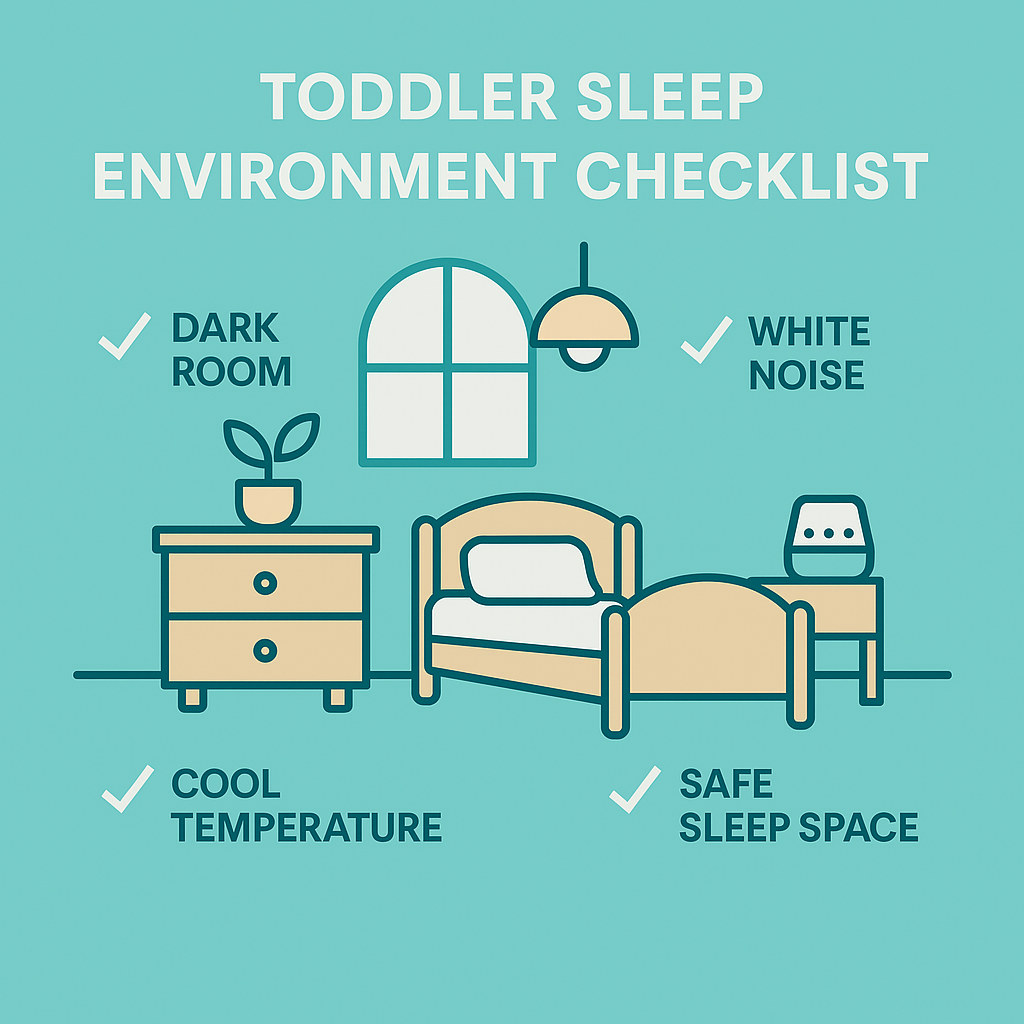
Must-Haves for a Toddler Sleep Environment:
- Blackout curtains to block sunlight
- White noise machine to muffle distractions
- Nightlight (if your child prefers)
- Crib with a firm mattress and no loose bedding
- Room temp between 68–72°F
- No toys or stimulating decor near crib
Bedtime Routine Checklist:
- Warm bath
- Pajamas and diaper change
- Short books or lullabies (2–3)
- Dimming the lights
- Into crib drowsy but awake
Need help setting up your space? Read our guide on creating the perfect sleep environment with the right mattress and bedding.
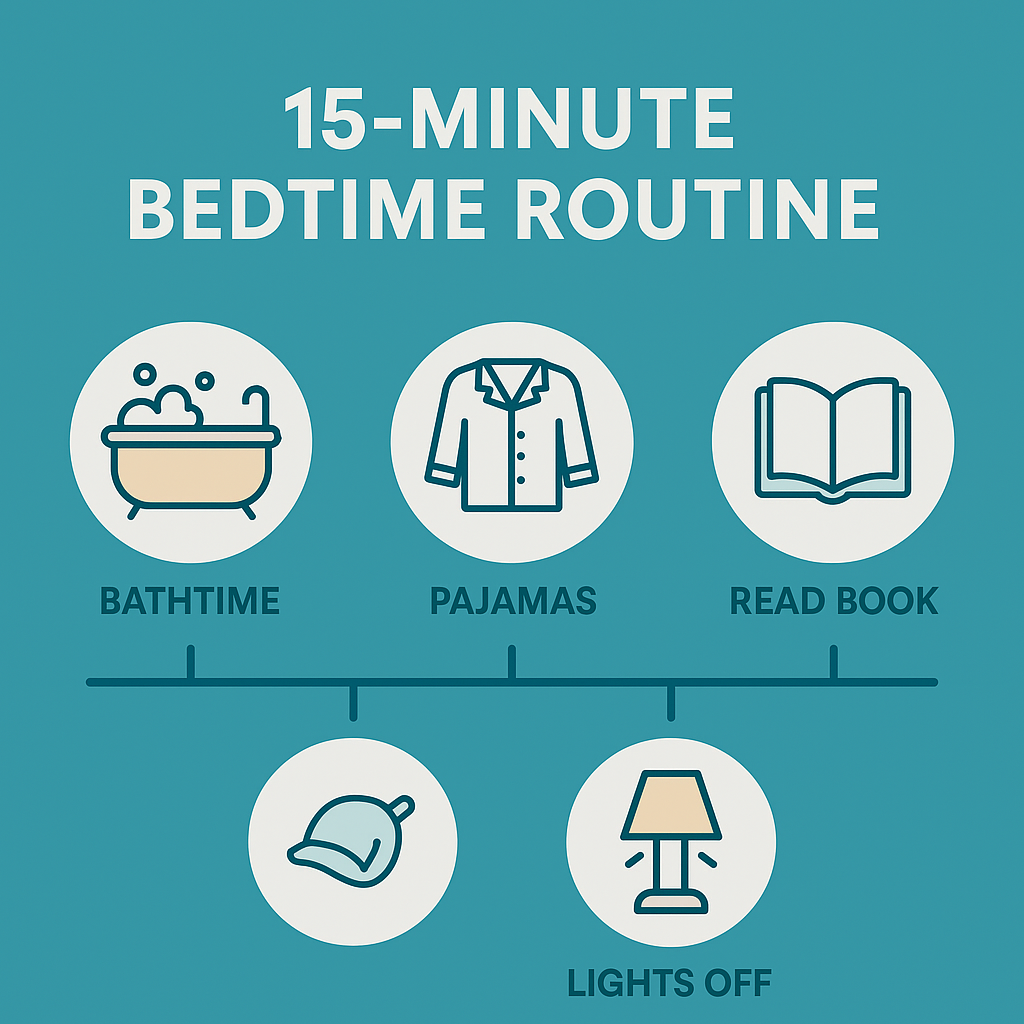
Extra Tips for Better Sleep:
Check out our Best Casper Pillow Picks for Sleep Comfort & Quality Tonight for advice on choosing the right pillow to match your comfort style.
- Use a consistent sleep cue (e.g., same song before bedtime)
- Avoid heavy meals within 45 minutes of sleep
- Avoid toys that light up or make noise in the room
Focal Point: Your toddler’s room should signal rest, not play. Keep the space calm, dim, and free from distractions to help them associate bedtime and nap time with winding down and falling asleep more easily.
Signs of Well-Rested vs. Overtired Toddlers
It’s easy to misread a tired toddler. Sometimes they seem energetic—when they’re actually wired from exhaustion. Making sure your child has the right amount of awake time between naps is important for promoting healthy sleep patterns.
As mentioned by Little Ones, here’s how to know where your toddler stands:
Signs of adequate sleep include falling asleep easily, waking up happy, and staying alert during play. Managing your toddler’s wake window or wake windows can help maintain these good sleep habits and prevent overtiredness.
Every child develops sleep routines at their own pace, so it’s important to be patient and adjust schedules as needed to fit your toddler’s unique needs.
Signs of Adequate Sleep:
- Smiling and playful on wake-up
- Few tantrums or meltdowns
- Easily settles at nap or bedtime
- Focuses on toys and books
- Eats well and consistently
Signs of Sleep Deprivation:
- Hyperactivity, fussiness, or clinginess
- Morning crankiness
- Skipping meals or eating erratically
- Meltdowns late afternoon or before bed
- Needing more parental support to fall asleep
My Verdict: Go beyond watching the clock. Your child’s mood, energy, and behavior reveal more about their sleep needs than set times alone. Use these cues to adjust naps and bedtimes for better rest and fewer struggles.
When to Consult a Pediatrician About Sleep
Most sleep issues at 15 months can be solved at home—but some signs may need a doctor’s input. If your child’s sleep problems persist or seem complex, consider consulting a specialist in clinical sleep medicine, as they are trained to diagnose and manage sleep disorders using evidence-based approaches.
According to the Sleep Foundation, here are red flags to watch for:
Talk to Your Pediatrician If:
- Your toddler snores or breathes loudly at night
- Sleep totals fall under 10 hours for several weeks
- Developmental delays accompany poor sleep
- Persistent night wakings cause major daytime fatigue
- Sleep issues create family distress or unsafe conditions
Bottom Line: Trust your instincts. If something feels off with your toddler’s sleep patterns or well-being, it’s okay to seek guidance from a pediatrician or sleep consultant. Early support can prevent small issues from becoming bigger challenges.
Bonus: Parent Survival Tips for 15-Month Sleep
Let’s be honest—toddler sleep is as much about your well-being as it is theirs. Many children experience sleep challenges at this age, so you’re not alone. Establishing routines can also help your child learn to wind down by observing other children, especially in group settings like daycare or preschool. While toddlers have unique sleep needs, older children may still benefit from naps or require support as their sleep patterns change.
Stay Sane with These Tips:
- Go to bed earlier a few nights a week to catch up
- Take turns with a partner or co-parent for night wakings
- Use nap time to reset—not catch up on chores
- Have a go-to routine for hard nights (music, tea, breathing)
- Let go of perfection—progress is the goal
Bookmark our list of top sleep tips for better nights when you need a refresh.
Focal Point: A well-rested parent is more patient and present. Prioritize your own sleep by sharing nighttime duties, resting during your toddler’s naps, and setting boundaries to protect your rest alongside your child’s sleep needs.
Conclusion: Keep the Big Picture in Mind
Sleep at 15 months is a journey—not a destination. From your baby's early sleep patterns to the evolving routines of toddlerhood, supporting your little one's sleep is an ongoing process. Whether your toddler is napping like a pro or throwing curveballs, what matters most is staying calm, flexible, and committed to the long-term rhythm of healthy rest. Remember, focusing on your one's sleep journey is key to their overall well-being and development.
My Bottom Line: You’re not alone. Focus on consistency, environment, and trust in the process—and you’ll guide your toddler to better sleep in time.
📌 Share this post with a parent friend or bookmark it for your next nap battle—we’ve all been there. If you’re looking for ways to make feeding time more comfortable, check out the best nursing pillow picks for comfy breastfeeding.
FAQs
What time should a 15-month-old go to bed?
A 15-month-old should ideally go to bed between 7:00 and 8:00 PM. This timing helps align with their natural circadian rhythm and ensures they get adequate nighttime sleep, especially if they’re waking between 6:00–7:00 AM each morning.
How much is a 15-month-old supposed to sleep?
Most 15-month-olds need 12–14 hours of total sleep per day. This includes about 10–12 hours at night and 1.5–3 hours during the day, typically from one nap. Consistent sleep helps with development, mood, immune strength, and overall toddler well-being.
What is the 5-3-3 rule for babies?
The 5-3-3 rule suggests wake windows of 5 hours before the nap, 3 hours before bedtime, and 3 hours before nighttime sleep. It’s more of a flexible guide than a strict rule, often used during the transition to one nap.
How many words should a 15-month-old say?
By 15 months, many toddlers say 3 to 10 words, though ranges vary. They may understand far more than they can speak. Gestures, babbling, and imitating sounds are also key milestones. Don’t worry—language often surges between 16 and 18 months.
